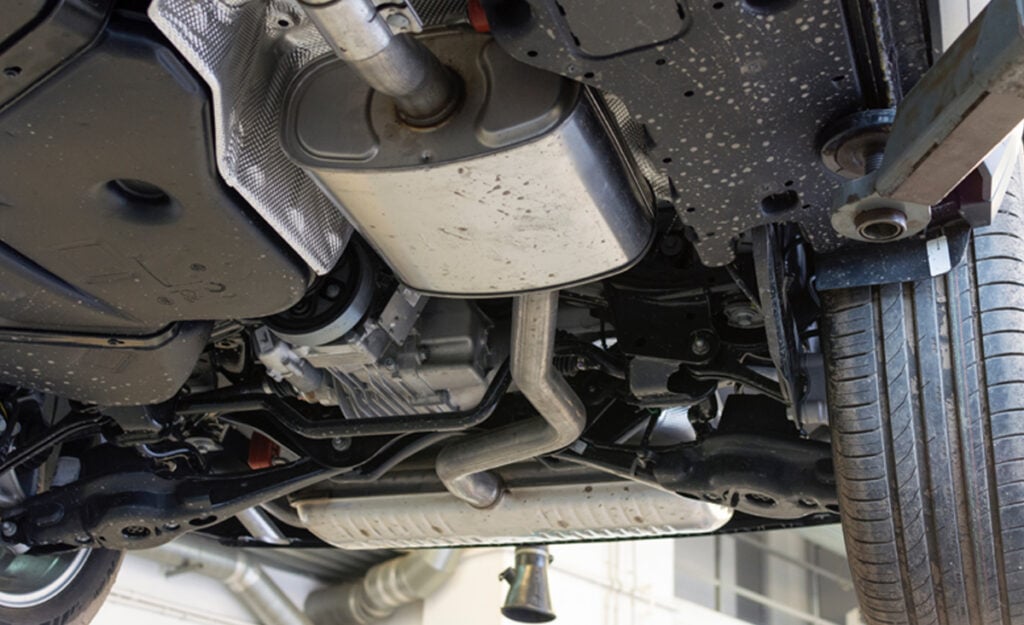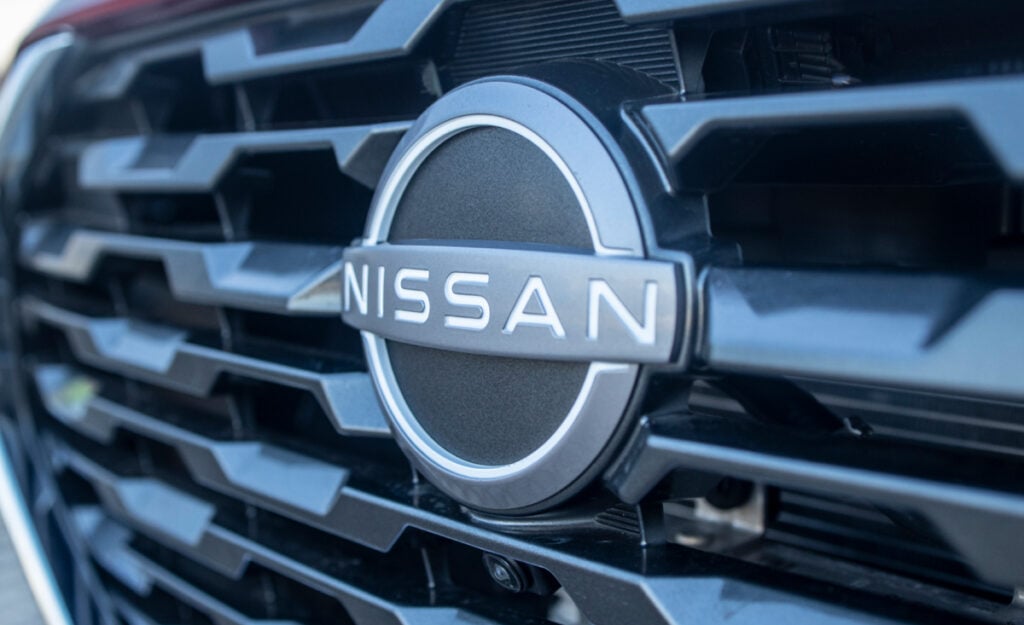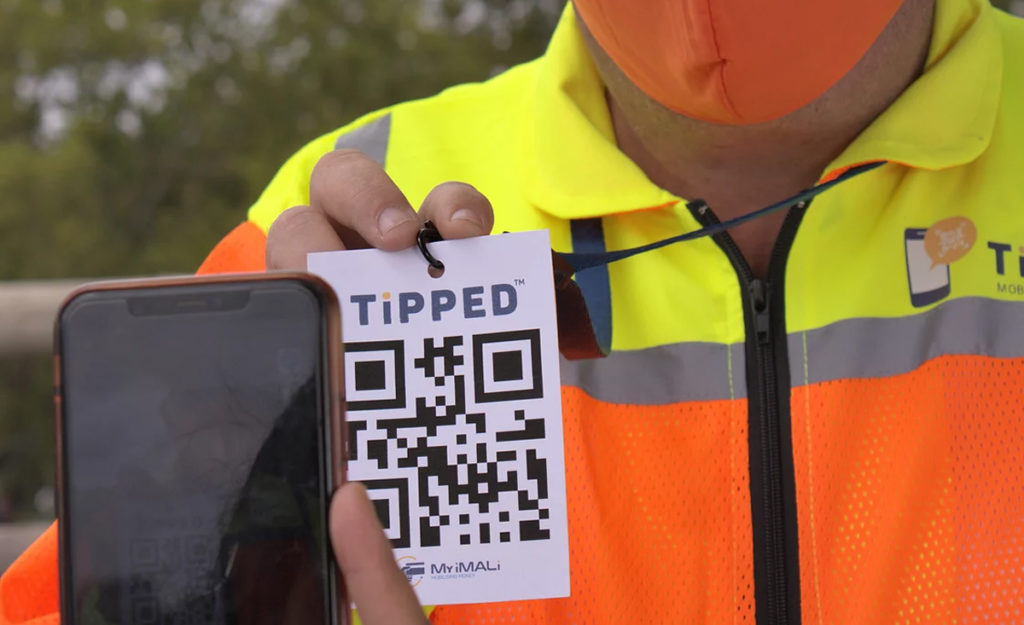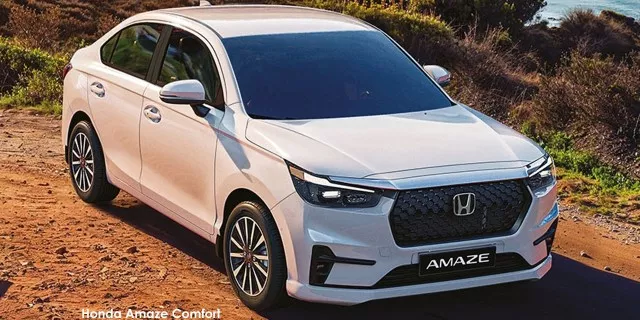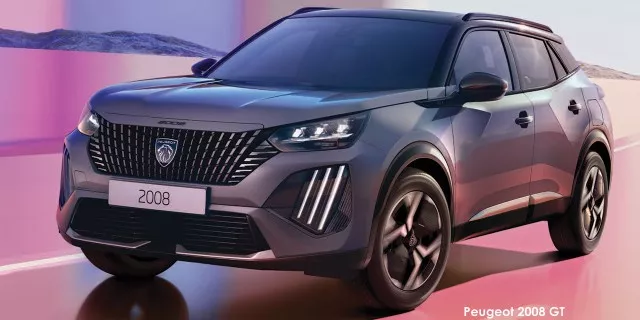
The Nissan Qashqai, one of the brand’s longest-serving models in South Africa, has officially been discontinued.
As first pointed out by cars.co.za, the premium crossover was recently delisted on Nissan’s local website, and we reached out to the company to clarify why it was removed.
“For now, Nissan confirms the discontinuation of the current Qashqai model in South Africa. This discontinuation will not impact the aftersales services currently provided to our customers,” said Nthabiseng Motsepe, Head of Communications at Nissan Africa.
“As part of Nissan’s strategy focused on enhancing the brand’s competitiveness in Africa, we are undergoing a continuous assessment of our vehicle line-up and evaluating future models that best serve the market.”
Nissan South Africa is currently evaluating opportunities for new products and an updated product plan will be shared in due course. Nissan would like to assure its customers and stakeholders that it remains committed to South Africa.”
Farewell
The news of the Qashqai’s discontinuation after 17 years on the market is sad but not surprising, as the latest model has been one of the company’s less popular products since its launch in 2022.
According to Naamsa’s monthly reports, the crossover has had quite the up and down in terms of sales over the last year and a half, which you can see below:
- January 2023 – 72 units
- February 2023 – 64 units
- March 2023 – 134 units
- April 2023 – 16 units
- May 2023 – 30 units
- June 2023 – 18 units
- July 2023 – 49 units
- August 2023 – 34 units
- September 2023 – 15 units
- October 2023 – 116 units
- November 2023 – 163 units
- December 2023 – 168 units
- January 2024 – 150 units
- February 2024 – 151 units
- March 2024 – 157 units
- April 2024 – 10 units
- May 2024 – 0 units
With the exception of March 2023, the Qashqai did not fly off the shelves for much of 2023 until sales skyrocketed between October 2023 and March 2024 – likely as part of a push from the automaker to clear the remaining stock.
Only 10 units were sold in April, and the Qashqai has officially disappeared from the sales charts as of May 2024.
To put things in a different context, we can look at the other models in Nissan’s portfolio.
The Navara bakkie moves an average of 400 or more units, while the Magnite consistently sells over 800 units, and the NP200 was pushing well over 1,000 units every month prior to its cancellation in April.
The X-Trail and Patrol’s numbers are generally lower than the Qashqai’s, but these are bigger and more expensive models, with the Patrol in particular coming in at a starting price of R1,779,900.
As a reminder, the Qashqai was available in three specifications prior to its delisting, with prices as follows:
- Nissan Qashqai 1.3T Visia – R568,200
- Nissan Qashqai 1.3T Acenta – R639,300
- Nissan Qashqai 1.3T Acenta Plus – R670,600
It’s possible, then, that the Qashqai failed to carve a niche for itself in the manufacturer’s line-up, as it was much too expensive to be considered “one step up” from the R235,300 Magnite and too close in price to the larger and more practical X-Trail SUV that starts at R685,900.
Adding to this, the premium crossover and midsize SUV segment has seen a huge influx of new models in the last few years, especially from Chinese auto brands like Haval, Chery, Omoda, and Jaecoo, making it harder for the Nissan to stand out in the crowd.
For those who may be interested in picking up the Qashqai second-hand, it’s helpful to know that all three versions of the crossover shipped with the same 1.3-litre turbocharged petrol plant with 110kW and 250Nm.
The base Visia units feature a six-speed manual gearbox while the two Acenta models use a CVT, but all three options are front-wheel drive.
The manuals have an average fuel consumption of 6.4l/100km, while the automatics use slightly less at 6.1l/100km.
Equipment on all versions includes LED headlamps and daytime running lights, climate control, a reverse camera, parking sensors, a wireless charger, cruise control, keyless entry and start, a 7-inch instrument cluster, and an 8-inch infotainment screen with Apple CarPlay and Android Auto.
The mid-range Acenta adds to this with high-beam assist for the headlights, a 360-degree camera, a larger 12.3-inch media unit, adaptive cruise control, on-board navigation, blind-spot monitors, rear cross-traffic alert, front emergency braking, lane departure warning and prevention, lane keep assist, and driver attention alert.
As for the top-end Acenta Plus, it also gets full Nappa Leather upholstery, heated and massaging seats with memory functions, and a two-tone exterior.





